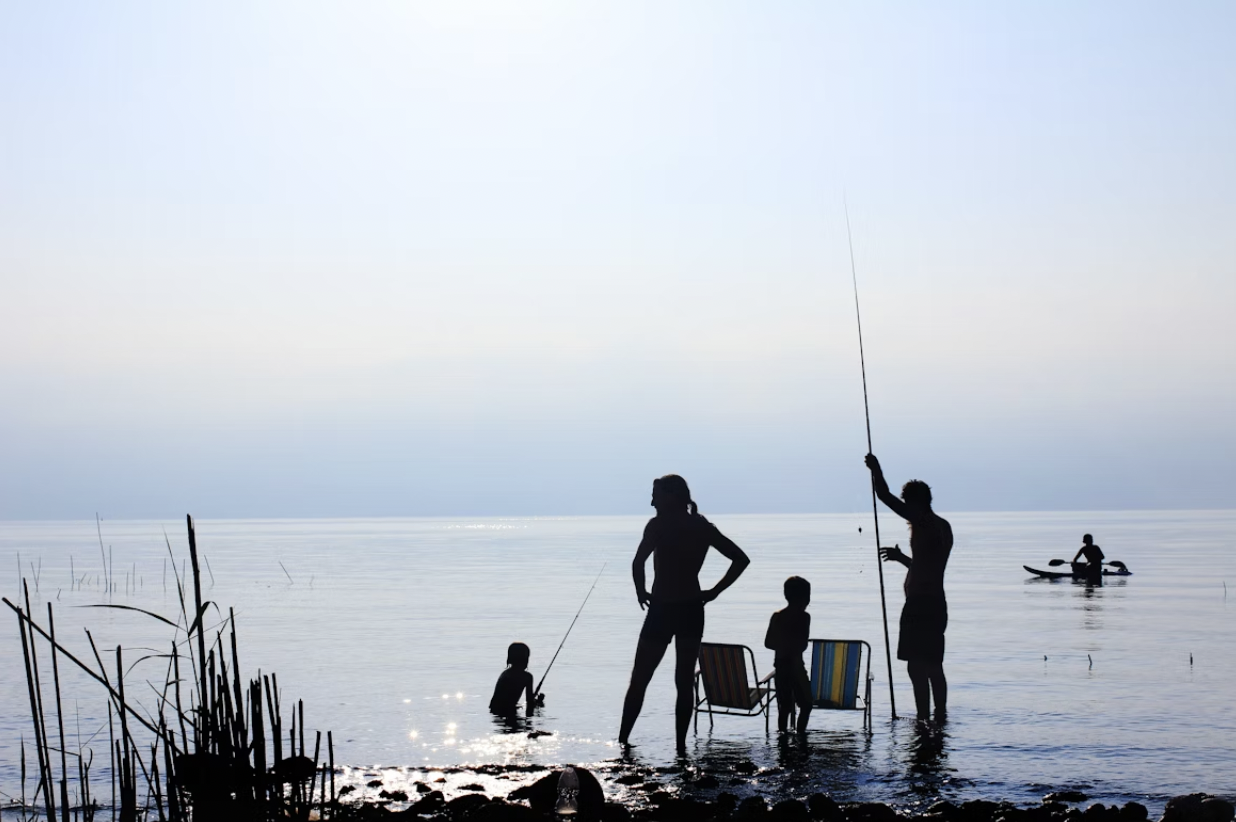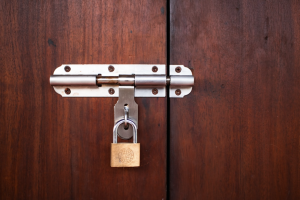What to do When a Child Is Injured at Sea

Sea travel promises fun and adventure, from family vacations to educational outings, offering unique opportunities to explore and create lasting memories. The risk of injury often lurks behind sunny smiles and the sound of waves. When a child sustains an injury at sea, the situation can be overwhelmingly stressful for parents, both emotionally and logistically. Knowing how to navigate the circumstances can significantly influence recovery and ensure proper justice. Proper steps taken immediately following the incident can make a difference in how the case unfolds and in protecting your child’s well-being.
Understanding the Causes of Injuries at Sea
Injuries on cruise ships or other marine vessels can stem from various factors. Slippery decks, inadequate supervision, rough weather conditions, and unfamiliar surroundings contribute significantly.
While adults may know to exercise caution, children often lack awareness of potential dangers, leading to accidents. A simple misstep can lead to serious injuries, such as sprains, fractures, or even more severe conditions requiring immediate medical attention. Understanding the environment and educating children about safety can help mitigate risks.
Immediate Steps to Take Following an Injury
Getting prompt medical attention is crucial when a child is injured. Parents or guardians should assess the severity of the situation and make an informed decision. If the injury appears serious, seeking emergency assistance is vital. On cruise ships, crew members are trained to handle medical emergencies, so parents should not hesitate to alert them.
It is important to document everything related to the injury, from taking pictures of the scene to collecting witness statements. This information will be invaluable for any potential claims.
The Role of Legal Support After an Incident
Understanding legal rights and protections following an injury on a cruise ship can be complicated. Parents may need to seek advice from a legal professional if the situation is complex.
Seeking legal counsel shortly after an injury can help families navigate the situation with clarity. A cruise ship injury lawyer can guide families through the legal process, ensuring they understand their options for compensation. Legal support can be important if the cruise line fails to acknowledge responsibility or the scope of the injuries involved.
Documenting the Incident for Future Reference
Filing a report immediately after an injury is an often-overlooked but crucial step. A detailed account of the incident can facilitate future claims when addressing negligence. Requesting copies of all documentation for your personal records can help ensure transparency and strengthen your case should an investigation be required.
Ensure that all reports filed with cruise personnel are accurate and thorough. Photographic evidence should accompany written accounts, capturing injuries and the location and surrounding conditions. Taking these steps helps establish the context, which is crucial if exploring legal options later on.
Potential Compensation for Injuries
Injured passengers may be entitled to compensation depending on several factors. Medical expenses, long-term rehabilitation costs, pain and suffering, and loss of enjoyment can all be elements considered in a compensation claim.
Reviewing each aspect of an injury is important to ensure that families receive fair treatment. A cruise ship injury attorney can help assess potential damages and build a case that highlights the full scope of the situation. Securing financial support can provide significant relief during a difficult time.
Communicating with the Cruise Line
When reaching out to the cruise company's customer service after an injury, parents should remain calm and collected. Presenting a straightforward account of the circumstances surrounding the injury can be beneficial. Documenting interactions with cruise line representatives can help verify claims made during discussions.
Clear communication about injuries may lead to effective resolutions or compensation offers, particularly when accompanied by formal reports and documented evidence. Without clear evidence, obtaining a resolution to disputes can be challenging.
Safety Protocols on Cruise Ships
Cruise lines have established various safety protocols to protect passengers, particularly children. Crew members are trained to follow these safety measures, yet incidents still occur. Notifying the staff about unsafe conditions can help others avoid accidents in the future.
Many cruise lines offer safety briefings at the beginning of a voyage, where families can learn the rules and emergency procedures. These protocols aim to reduce hazards and increase awareness on board.
Successfully managing the aftermath of a child's injury at sea requires knowledge and preparation. Parents must be proactive in ensuring their child's safety while addressing the legal aspects of an incident. Through prompt medical care, thorough documentation, and appropriate legal support, families can navigate the uncertainties confidently. Taking these actions provides immediate assistance and positions families to achieve fair and just outcomes in light of the situation.






